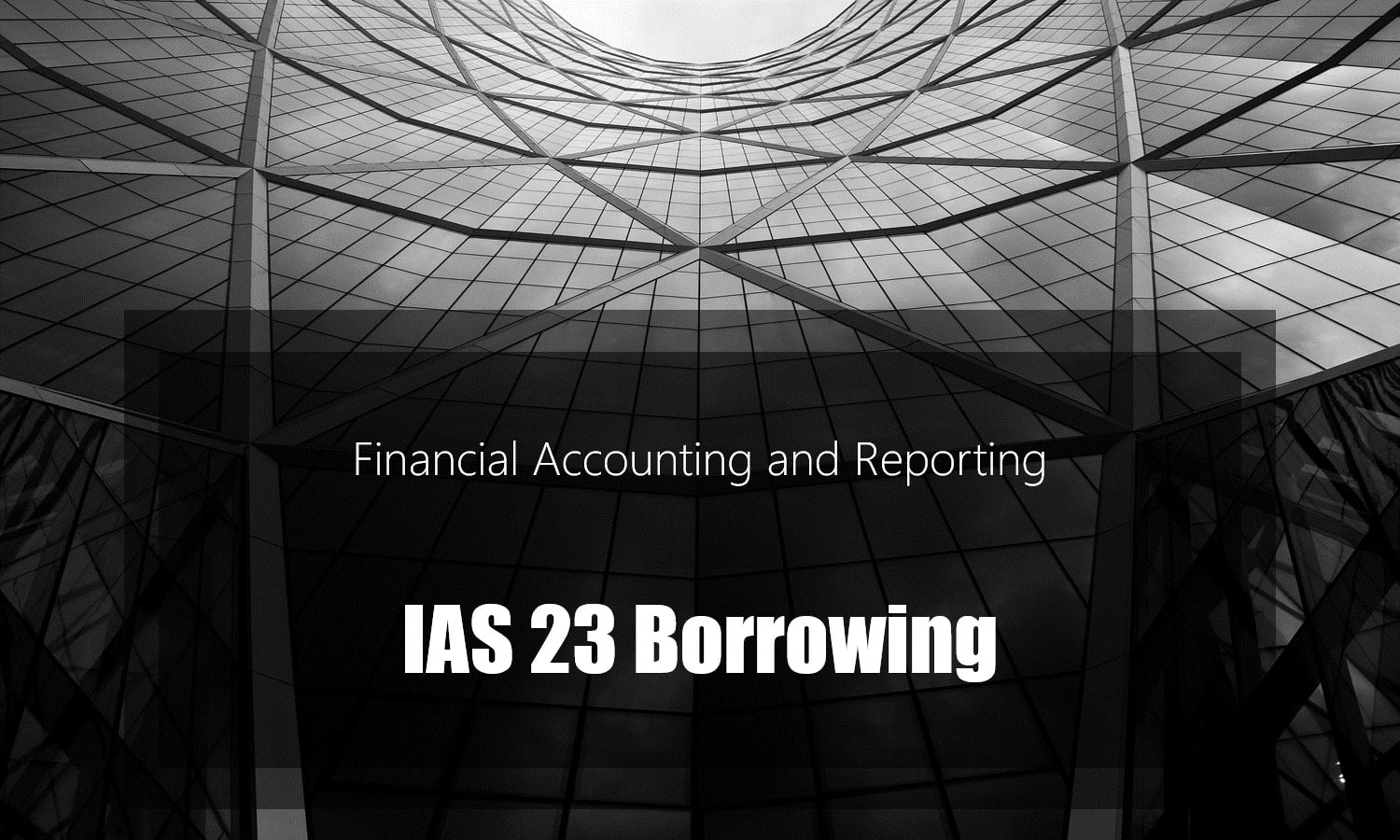IAS Standards
IAS 2 Inventories
IAS 7 Statements of cash flows
IAS 7 Statement of cash flows – Revisited
IAS 8 Accounting policies, changes in accounting estimates, and errors
IAS 10 Events after the reporting period
IAS 16 Property, plant and equipment
IAS 20 Accounting for government grants and disclosure of government assistance
IAS 21 The effects of changes in foreign exchange rates
IAS 24 Related party disclosures
IAS 27 Consolidated and separate financial statements
IAS 28 Investments in associates and joint ventures
IAS 32 Financial instruments: presentation
IAS 33 Earnings per share – Revisited
IAS 37 Provisions, contingent liabilities and contingent assets
IFRS Standards
IFRS 5 Non-current assets held for sale and discontinued operations
IFRS 7 Financial instruments: disclosures
IFRS 10 Consolidated financial statements
IFRS 12 Disclosure of interests in other entities
IFRS 13 Fair value measurement
IFRS 15 Revenues from contracts with customers
IAS 17 VS IFRS 16 Lease – Differences
IAS 23 Borrowing Costs Overview
IAS 23 prescribes the accounting treatment for borrowing costs.
Borrowing costs are interests and other cost that an entity incurs in connection with borrowing of fund.
- Borrowing cost includes:
Interest expense. - Finance charges in respect of IFRS-16/IAS-17 Leases.
- Exchange difference from foreign currency borrowing.
Tackle IAS 23 in TWO simple steps
- Identifying the Qualifying asset.
- Accounting for the Borrowing costs from funds used for Qualifying asset.
Step 1: Identifying the Qualifying asset
- A qualifying asset is an asset that necessarily takes a substantial period of time to get ready for its intended use or sale.
Substantial period of time to get ready.
IAS 23 borrowing costs examples:
- Inventories.
- Manufacturing Plants.
- Power generation facilities.
- Intangible Assets.
- Investment.

Example of non-Qualifying Assets

Short period of time to get ready.
- Financial assets and inventories manufactured or otherwise produced over a short period of time.
- Asset that are ready for their intended use/sale when acquired.
Borrowing cost directly attributable of acquisition, construction or production of Qualifying asset are capitalized as part of cost, when probable that they will results in future benefit.
Step 2: Accounting for the Borrowing costs from funds used for Qualifying asset
Funds used for Qualifying Assets

Specific Borrowing
Specific Borrowing may be invested temporarily, which arises interest income.
Cost to be Capitalized?
- The actual Borrowing costs are to be capitalized incurred on that borrowing during the period (less) any investment income on temporary investment of those borrowing.
Cost to be Capitalized?
When general borrowings are used the amount of borrowing costs eligible for capitalization is obtained by applying a capitalization rate to the expenditure of that asset.
Capitalization rate= Total interest (divide-by Total loan)
- When the carrying amount of qualifying asset exceeds its recoverable amount, the carrying valve is written down to recoverable amount.
Period of Capitalization

Commencement of Capitalization
The commencement date for capitalization is the date when entity first meets ALL of the following conditions:
- It incurs expenditure for the asset.
- It incurs Borrowing costs.
- Activities necessary to prepare the asset have started.
Expenditure on a qualifying asset include only:
- cash payments.
- transfer of other asset.
- interest-bearing liabilities.
An entity shall suspend capitalization:
- During extended period in which it suspends active development of a qualifying asset.
- holding partially completed assets.
An entity shall not suspend capitalization:
- when a temporary delay is necessary.
- entity carries out substantial technical and administrative work.
- Capitalization of borrowing cost should cease when the asset is substantially complete, even though routine administrative work might still continue.
- when an entity completes the construction of a qualifying asset in parts, the entity will cease capitalization when it completes substantially all activities, even construction continues on the other parts.
IAS 23 pdf
The above IAS 23 summary is the most simplified version. Moreover, Click here to Download ifrs 23 borrowing costs pdf

Leave a Reply
You must be logged in to post a comment.